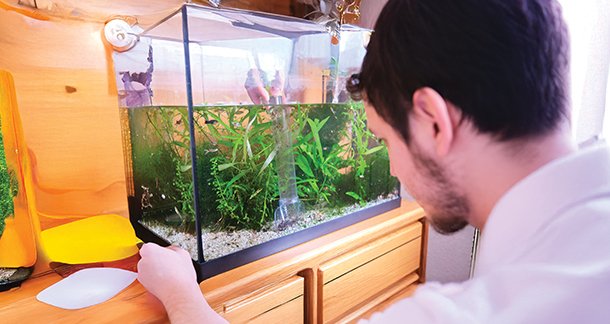Winter has started approaching and will be at its peak within a few days. This is when maintaining a stable environment for your fish becomes crucial so they can be healthy and survive without having any issues. You better know how their body temperature is regulated by the surrounding water if you are an aquarium fish owner. Their metabolism slows down when temperatures drop, which exposes them to more diseases and other health issues. The mortality rate in fish increases by 50% during winter conditions if you are not able to take proper care of them. So, not everything, but focusing on some key factors will ensure the healthy life of your fish, which we are going to discuss in this guide.
Maintain Water Temperature
An appropriate water temperature is a must during winters. Maintain the temperatures between 75°F and 80°F (24°C to 27°C), and you are good to go. These are some practical ways that will help you in this case:
- Invest in a Quality Heater: An aquarium heater will solve half of the problem and will allow you to maintain consistent temperatures. Just choose a heater according to your tank size. For your idea, 5 watts per gallon of water is commonly required.
- Monitor temperature regularly: A thermometer will help you check the water temperature daily, and buying a digital thermometer is suggested to get accurate readings and alert to sudden changes.
- Insulate the Tank: Consider insulating your aquarium with foam or blankets to reduce heat loss if your aquarium is near windows or dark areas.
- Avoid rapid temperature changes: Adjust the temperature gradually over several hours as sudden fluctuations can shock your fish.
|
Temperature Range |
Fish Type |
Recommended Action |
|
Below 65°F (18°C) |
Tropical Fish |
Increase heater setting |
|
65°F – 75°F (18°C – 24°C) |
Coldwater Fish |
Monitor closely |
|
Above 80°F (27°C) |
Tropical Fish |
Reduce heater setting |
These measures will allow you to maintain a stable environment that helps prevent fish death during the winter.
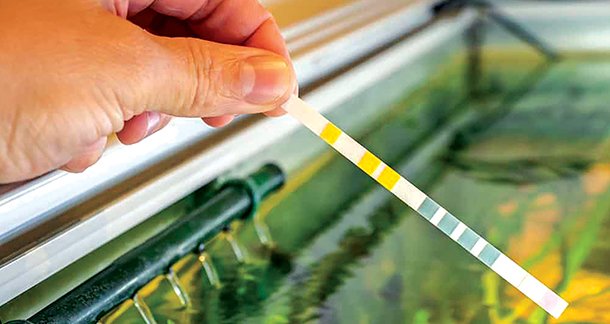
Check Water Quality
Water quality is another crucial factor when it comes to fish death during the winter months. So, you have to be aware of how cold weather can affect the biological filtration process, which eventually causes unwanted spikes in ammonia and nitrite levels. Consider these key aspects to monitor:
- Test water parameters:
- Ammonia Levels: Should be at 0 ppm.
- Nitrite Levels: Should also be at 0 ppm.
- Nitrate Levels: Ideally, below 20 mg/Lfor most freshwater species.
- pH Levels: Maintain between 8 and 7.8for most tropical fish.
- Regular Water Changes: If we measure weekly, then 10-15%partial water changes are required for better water quality and to remove toxins. A water conditioner to better remove the harmful chemicals like chlorine or chloramine is suitable in this case.
- Monitor for algae growth: Cold temperatures can slow down algae growth, which is obviously good. Still, do not let algae grow excessively, as that could affect oxygen levels.
- Use Quality Filtration: Make sure that your filter is functioning properly and upgrade if it struggles during colder months.
These methods will help you test and maintain optimal water quality regularly. Plus, stress and mortality risk will also reduce for your fish.
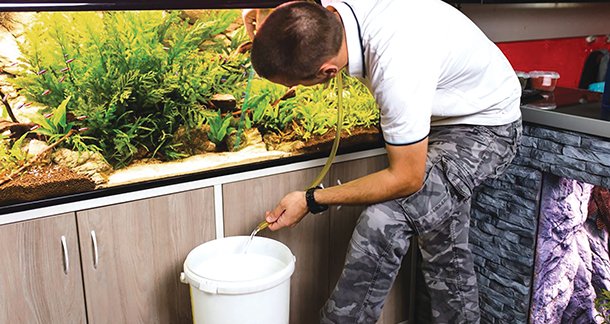
Adequate Aeration is Required
Adequate aeration is very important if you do not want your fish to die due to bad air flow. See, cold water somehow holds more dissolved oxygen than warm water but your fish will require less oxygen as they become less active in lower temperatures. So, these tips will ensure proper aeration:
- Use air stones or pumps: Air stones or air pumps can help increase oxygen circulation throughout the tank and will help the most if you have a densely populated aquarium.
- Surface Agitation: This is a must to promote gas exchange, and you can do it by positioning your filter output towards the surface or using surface skimmers.
- Monitor Oxygen Levels: An oxygen test kit will help in this case and make sure that oxygen level should be above 5 mg/L for most freshwater species.
- Avoid Overcrowding: Make sure that you are not putting more fish into your aquarium according to your tank size, as this increases competition for oxygen and can lead to stress and aggression among fish.
You have to understand why adequate aeration and monitoring oxygen levels are required. So, you can create a healthier environment to support your fish’s well-being during the colder months.
By providing adequate aeration and monitoring oxygen levels, you create a healthier environment that supports your fish’s well-being during the colder months.
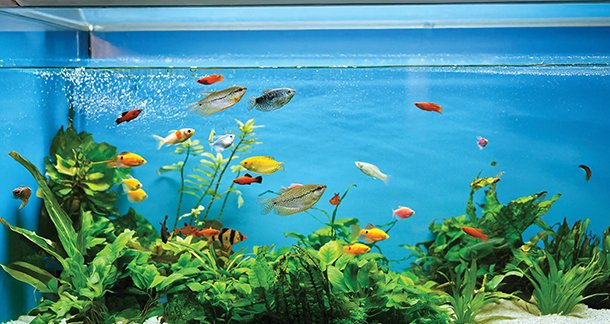
Comfortable Environment According to Winter
After all these considerations, a comfortable environment is a must, according to the winter conditions. This directly impacts the stress and mortality levels of your fish. So, here are some key considerations:
- Provide hiding spots: Plants, rocks, or decorations are not just for a better presentation only, as they also allow fish to retreat when feeling stressed or threatened. That’s how their anxiety levels should be maintained during colder months when they may be less active.
- Maintain Stable Lighting: Avoid sudden changes in lighting, as abrupt shifts can stress fish out. LED lights with adjustable brightness are suitable so you can mimic natural daylight patterns.
- Keep Tank Away from Drafts: Your aquarium should be away from windows or doors where cold drafts may affect water temperature. Just insulate tank sides with foam boards if that works for you.
- Regular Maintenance Checks: Keep checking your equipment such as heaters and filters on a regular basis, mainly throughout the winters. Also, clean up any debris or waste buildup that will keep the water quality maintained.
All these aspects will ensure a better environment tailored for winter conditions.
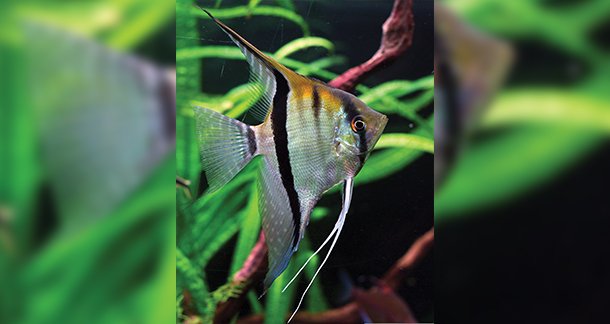
Conclusion
Overall, you have to increase your focus and care for your fish during the winter. This is because water temperature, quality, aeration, and a comfortable environment are the bare minimum you should be ready with. For that, you can invest in proper equipment like heaters and filters and should also adjust feeding routines accordingly. All these discussed factors will allow an aquarium owner to increase the chances of survival of their fish through the colder months.

